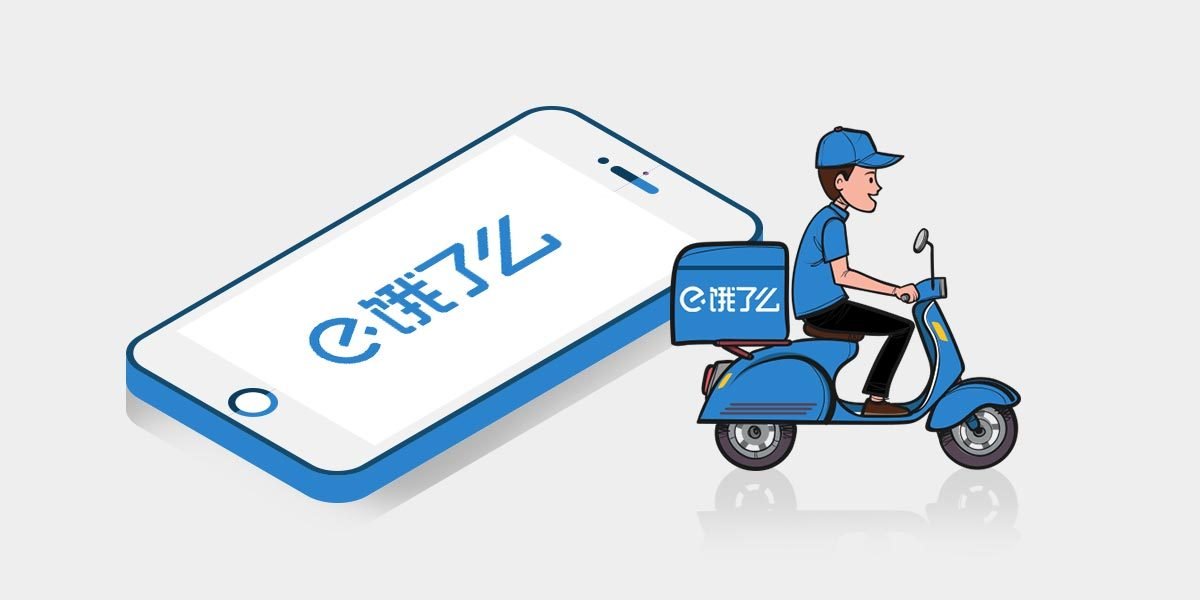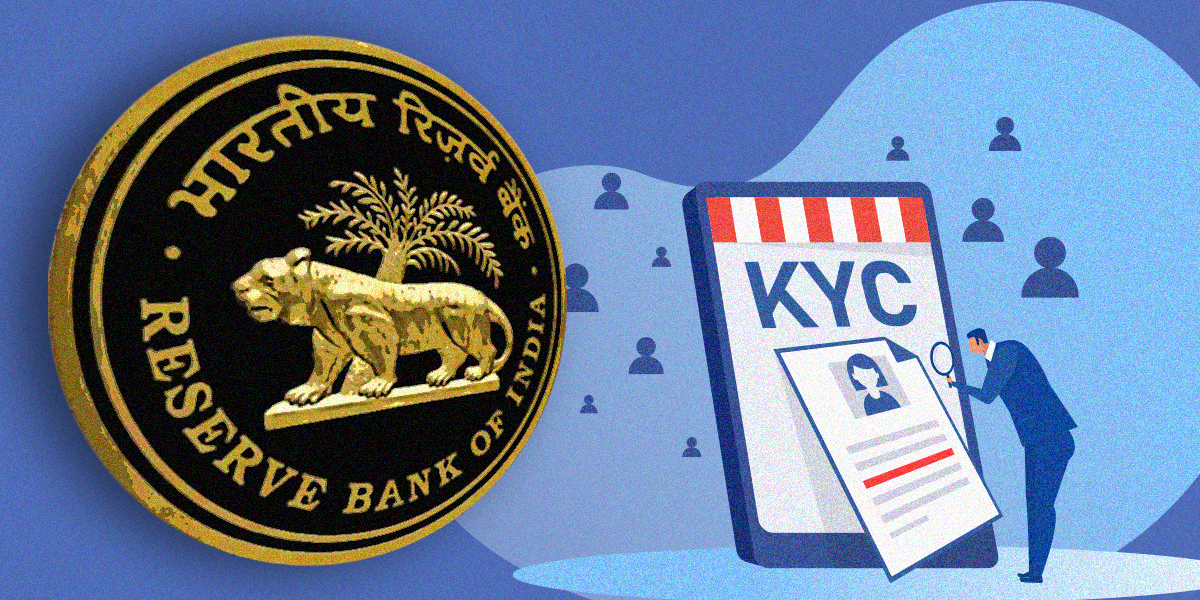The business of delivering food has undergone massive change in recent years. While the industry is witnessing tremendous growth, attracting investment, and an increase in valuations, there still are lessons to learn from these internet platforms.
Since China is leading food tech market in the world, we have chosen to analyse and bring out learnings for Indian counterparts from the growth of Alibaba-owned food tech firm Ele.me.
Ele.me, which means ‘Are you hungry?’, offers online food delivery service in China. Founded by Mark Zhang and Jack Kang in 2008, it is mainly engaged in online take-out, new retail, and instant delivery.
The initial idea behind starting the platform was to connect small restaurants to university students.
With 1.3 million restaurants, the online food tech platform currently claims to cover 2,000 cities across the country. It has more than 300 million users. It claims to have a bulk of its order coming from mobile.
Till date, it has got $2.34 Bn funding from investors including Alibaba, Ant Financial, CITIC Industry Fund, Chinese Cultural Industry Fund, and Sequoia Capital.
In China, the industry market volume is of around $41,665 Mn in the current year. According to Statista report, it six times bigger than the Indian food market volume of $7120 Mn.
The worldwide industry revenue of US$81.7 billion in 2017 is expected to increase to US$146.7 billion by 2022.
Early Journey and Growth
Initially, Ele.me started out in the student market to help students order food from restaurants. Founders developed NAPOS in 2009, an order-management software, which later became their main revenue driver. Within a month, it got more than 1000 orders.
To keep the momentum going, it began giving discounts to acquire more customers and market share. It got added acceleration with its mobile app, which was launched in Nov 2010. In the next year, it began online payment function and closed funding rounds of around $30 Mn. It focused on building a strong logistics team.
With rapid growth and strong logistics, soon it became the biggest competitor to Meituan.
With 35 percent market share, it became most popular on-demand ordering app in 2016. In the last 15 months, the platform witnessed significant growth in terms gaining customers.
According to data trust, in city-wise growth Ele.me leads with 44 percent market share in second-tier cities whereas Meituan grabbed a significant chunk of share in small cities. However, as per data trust report, Meituan leads the market segment with over 50 percent of market share.
On daily basis, Ele.me currently processes 16-18 million orders every day as compared to Meituan delivering 25 million orders on a daily basis.
To fight Meituan, Ele.me announced the acquisition of Baidu Waimai, the delivery business of Baidu in 2017. It was valued at US$500 million.
Business Model
With three IT systems to run its business- Napos, Hummingbird, and Walle – Ele.me segregates its technology to ensure smooth functioning of three different parts of the business. Napos is a SaaS used by restaurants to manage billing and orders plus reducing processing time and error.
The Hummingbird delivery system majorly facilitates logistics team in receiving and distributing orders, as well as in communicating with customers. Indirectly, it also allows restaurants to monitor the distribution process and customers to track their food delivery through the Ele.me app. The customer relationship is managed by the Walle software to ensure the maximum level of customer satisfaction.
Ele.me is a “heavy” internet tech-based platform with its own logistics team and infrastructure. It focuses on increasing its own team size to 16,000 along with partnering with third-party logistics companies.
This is not all, according to its founder, it plans to fasten its distribution network. It aims to provide 30-minute on-site service. According to Ele.me founder Zhang, in future e-commerce will highly depend on a few integrated platforms with networks that distribute directly to customers, greatly saving logistics costs. In 2016, Ele.me had partnered Didi –a major cab aggregator in China– to cash on intracity logistics.
Changing its target from higher volume to greater margin, Ele.me shifted its focus from student market to white-collar middle-class segment, which turned out to be successful in 2016 when it’s order price went up 20% in one year.
Ele.me also expanded into the fresh foods supply business to enhance existing partnerships with restaurants and fully exploit its logistics resources, which tend to be idle during off-peak meal ordering hours. It also added value-added, higher-margin products, e.g., postnatal care meals, pet meals, health foods.
Apart from relying on commission, Ele.me developed and identified more sustainable and competitive profit engines which included SaaS for restaurants (charging annual, half-yearly or monthly fees), and related advertising, rankings income, supply of fresh produce and other ingredients to restaurants, value-added higher-margin products for dinners and most importantly, Big data through which it stores information on consumer habits, spending, trends, etc.
Indian counterparts
Ele.me’s Indian counterpart are Zomato, BigBasket, and Swiggy. While Zomato’s model is quite similar to Ele.me, its rival Swiggy is starting to offer concierge-like services (similar to Dunzo) as well as entering into the micro-delivery segment.
Indian counterparts can ape Chinese food delivery platform, which first emphasised on achieving a scale of its business with a stronghold on local delivery.
Zomato, which currently operates food delivery 13 cities, forayed into online ordering and food delivery services in 2016.
Zomato and Swiggy claim to process 430K deliveries and 550K orders in a single day respectively. As compared to Ele.me’s 16-18 million daily orders, the figures see a massive scope for improvement.
Similar to Alibaba owned Ele.me’s strategy of diversifying its activities to scale, Zomato (also backed by Alibaba after the recent secondary sale of shares) announced its plans to enter ‘farm to folk’ segment, to increase its operations and scale by delivering fresh edibles from farms to restaurants.
To further increase the scale and retain customers, Zomato also has two functioning loyalty programmes Zomato Gold and Piggybank. Swiggy backed by Meituan (Ele.me’s rival in China), is also planning to launch its own such programme by the name Swiggy Super.
However, Zomato and Swiggy, still need to improve on the use of technology and big data to enhance the user interface for customers plus restaurant owners, along with strengthening customer relations.













